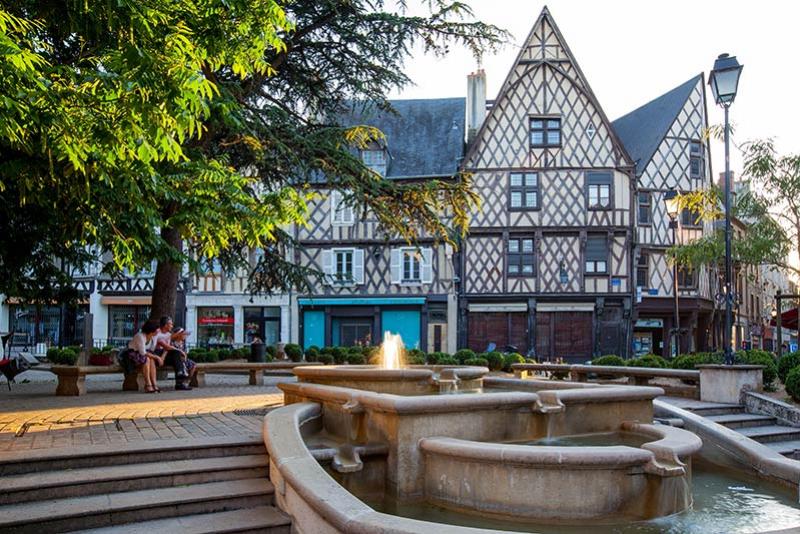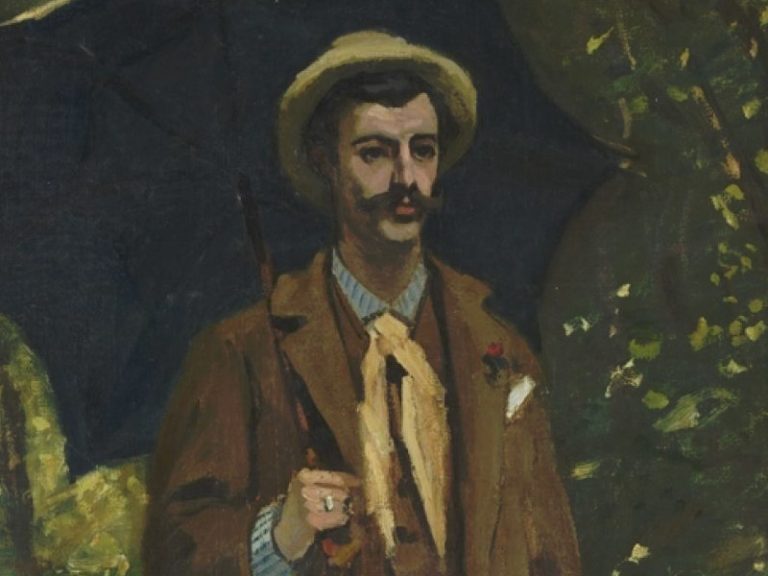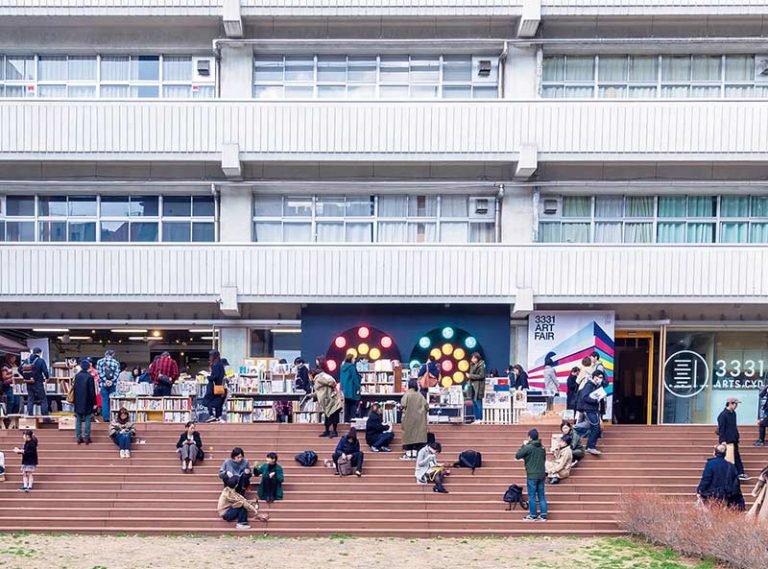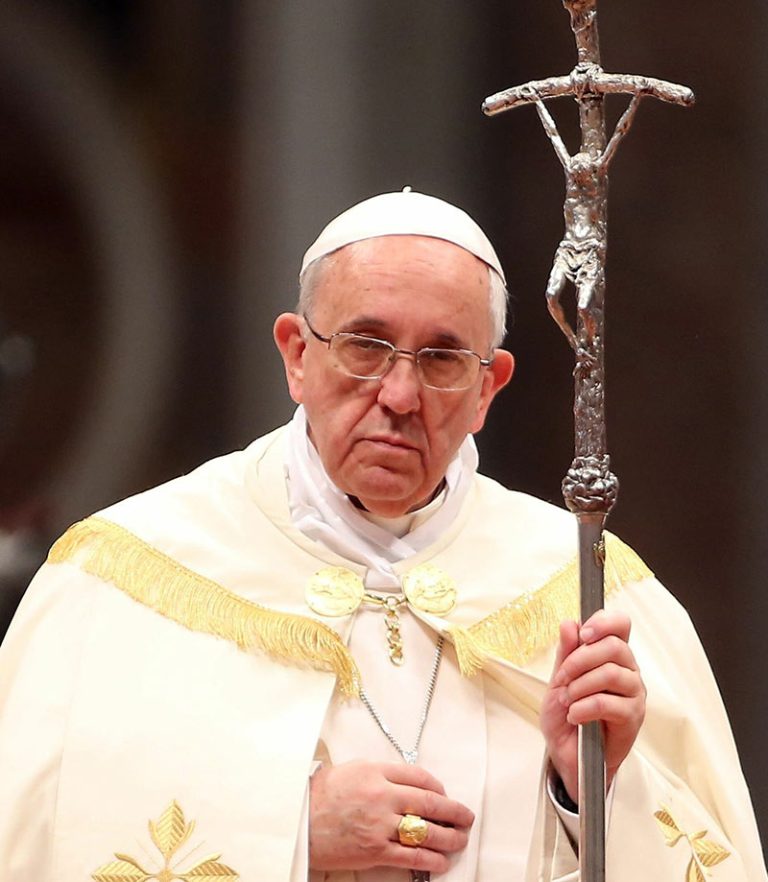Bourges (Cher). Defying all the predictions which bet on a metropolis, preferably Clermont-Ferrand or Rouen, and to a lesser extent Montpellier, the European jury designated Bourges to represent France in 2028. But according to Jean de Loisy, one of the two jurors French, the jury was very divided and it is likely that the secret ballot encouraged the jurors, mainly from “small” countries, to choose a city that resembles them. Moreover, the president of the jury, Rossella Tarantino, was part of the organizing team of Matera 2019, an Italian city the same size as Bourges (60,000 inhabitants).
According to Maurice Ulrich, himself a former juror and who advised Clermont-Ferrand, “there has been a change in European Union strategy over the past ten years and Marseille-Provence 2013. It now prefers small or medium-sized cities”. Led by Pascal Keizer, a “former” of Mons 2015 (90,000 inhabitants), Bourges 2028 played the Petit Poucet mixed with Calimero card to the fullest, highlighting “a relatively isolated place in France, poorly connected and difficult to access from the rest of Europe” (according to the jury’s first report), even though around fifteen trains leave Paris every day, for journeys of 2 hours and a motorway serves it directly. If there is indeed a change in strategy, we are surprised that the rules of the game have not been fixed in advance, to prevent large cities from applying unnecessarily.
The president of the jury Rossella Tarantino and Rima Abdul Malak during the announcement of the city designated “European Capital of Culture 2028” at the Ministry of Culture in Paris, December 13, 2023.
© Photo Clotilde Bednarek for LeJournaldesArts.fr
Play the European card
Bourges 2028 has particularly worked on the European dimension of its candidacy by multiplying European programs and ensuring that their name reflects this dimension: RER Europa, Trans Europe Culture, Metro Europa, Citizens’ Council of Europe, Euro Renaissances, Printemps de Europe… The highlight is the project cleverly named European City of Artists – Melina Mercouri which will be installed in the current Hôtel-Dieu, partially restored. This “City” aspires to be a resource center to help artists acquire an international dimension, but it will also centralize project requests for the Capital (for a value of €2 million) and organize symposia there.
Music holds a special place in the file. The Spring of Europe is more than a nod to the Printemps de Bourges, since the music festival will be encouraged to invite young European talents. Tackle in passing “Marseille 2013 [qui] was widely criticized for not giving space to street arts and current music”the candidacy plans to put rap in the spotlight one week a month at the Hôtel-Dieu.
Generally speaking, the application wants to show that it embraces the societal trends of the moment: a queer cabaret, a “decolonized” rereading of the Center Pompidou collections which will be exhibited in certain places, a Citizens’ Council (of course “European”) which will have to manage part of the calls for projects from the European City of Artists, an artistic project in an Ephad, a (“fictitious”) commission which will attribute legal personality to the rivers.

Place Gordaine in Bourges.
Reduce carbon footprint
The main argument, however, remains the carbon-free approach. However, unlike Rouen which multiplied projects so that residents could get there on foot, Bourges 2028 encourages them to use public transport, in this case trains or buses. It will start by transforming around ten stations into “artistic and environmental demonstration spaces” (“plant stations”) with, for example, an installation by Éva Jospin at Bourges station or a green wall on the glass roof of Austerlitz station in Paris. “Low carbon” bus tours will leave from these stations to discover heritage or natural sites which will also offer entertainment (fish tasting) or facilities (RER Europa). Cars in night trains will be reserved to offer travelers coming to Bourges artistic events (Trans Europe Culture). A traveling exhibition will also be mounted in an old train which will travel to different places in the region (Le Mille-Pattes à Roulettes).
Museums out of play?
We note that the programming takes place a lot outside Bourges. Would Bourges lack places for this? In any case, it will lack museums. The city’s four museums are today closed for renovations. After understanding that the work on the main museum, the Musée du Berry located in the Cujas hotel and which houses a collection of archeology and fine arts, will not be finished in time, she decided to ignore the latter (renamed “Grand Musée”) and to concentrate on the work of the Estève Museum and the former Museum of Decorative Arts, installed in the Lallemant hotel, which should in theory be completed in 2027. But the report explains that in the event of a delay in the work, it will be able to organize the exhibitions planned at the Berry Museum in other locations, but without specifying which ones. The fact remains that as the first project indicated: “The absence of a modern museum, adapted to the public of our time and meeting contemporary scientific requirements, is a significant gap for a city of our cultural importance. »
Unsurprisingly, with such a program, Bourges can boast of being the cheapest of the candidates, with a budget of around 40 million euros, half that of its competitors. We will not know the exact amount, because the team refuses to communicate its figures and has removed the financial part of its application, on the document made available on its site. It is also unclear how this budget will be financed. We will perhaps know more in the jury’s final report. We are also waiting for the jurors’ point of view on the attractiveness of the program for French and international tourists because, on paper, this is not what stands out the most.







